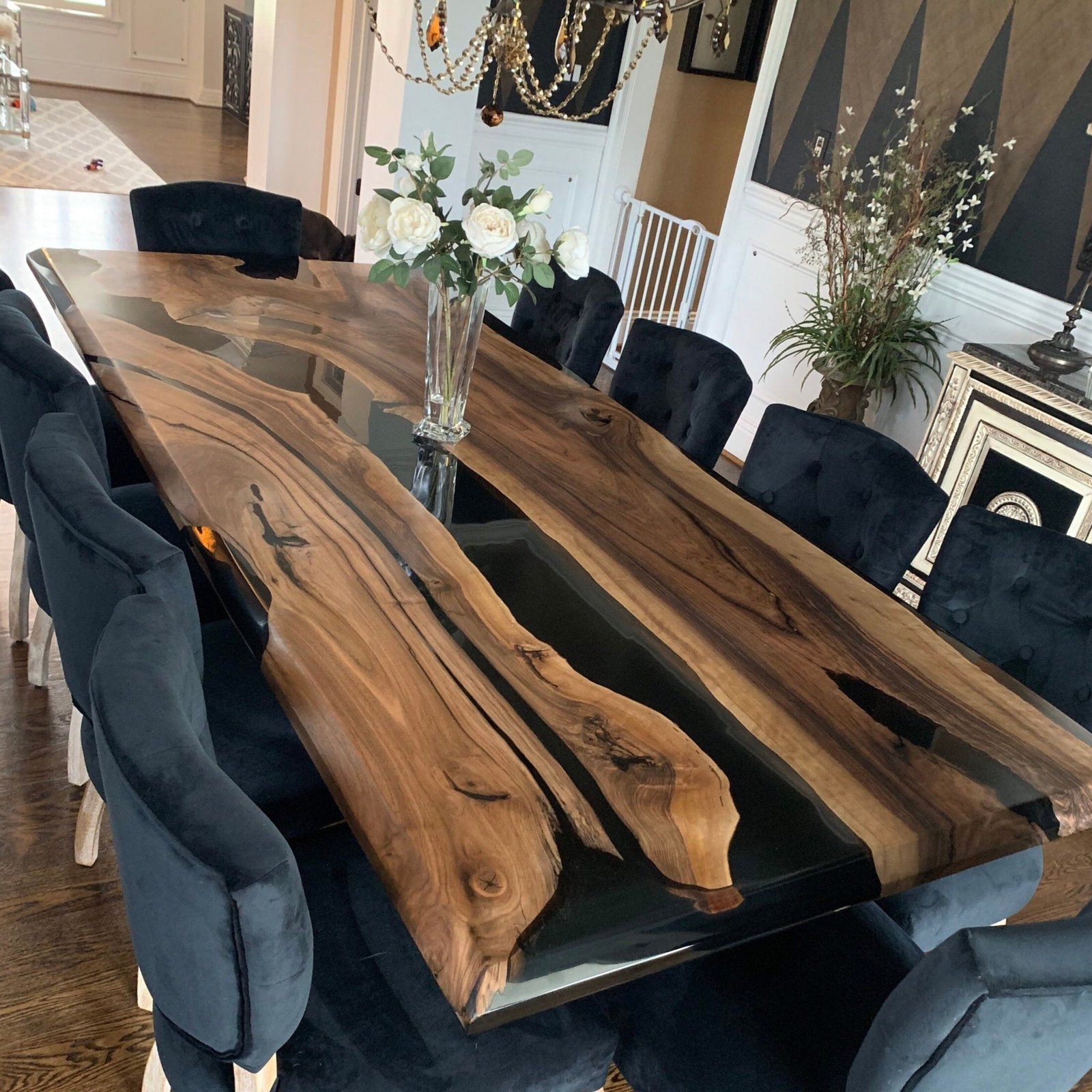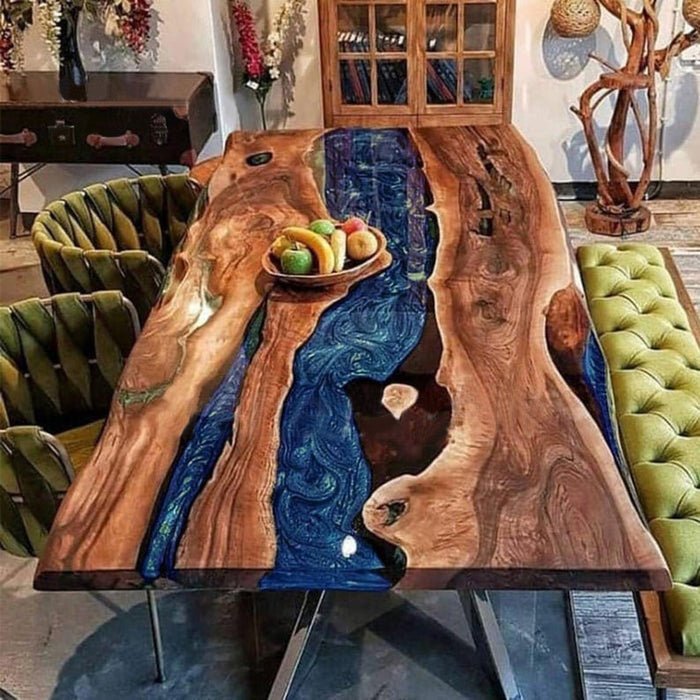Choosing the right size for a table is essential to ensure that it fits well in your space, functions effectively, and enhances the overall aesthetics of your room. Whether you’re looking for a dining table, coffee table, or conference table, getting the dimensions right is key to a successful purchase. Here’s a guide to help you determine the perfect table size for your needs.
Understand the Purpose of the Table
The first step in determining the right table size is to consider how you plan to use it:
- Dining Table: If it’s for dining, consider how many people you want to seat regularly. You’ll also need to think about whether you entertain often and might need extra space.
- Coffee Table: For a coffee table, think about how it will be used—whether for holding drinks, displaying decor, or resting feet while sitting on the sofa.
- Conference Table: For a conference table, consider the number of participants typically attending meetings. You’ll also want to account for any technology or presentation equipment that might need to be placed on the table.
Understanding the table’s purpose will help you narrow down the size and shape that will work best.
Measure Your Space
Before purchasing a table, it’s crucial to measure the space where you plan to place it. Here’s how to do it:
- Room Size: Measure the length and width of the room. This will give you a sense of the overall space you have to work with.
- Allow for Clearance: Ensure there’s enough space around the table for people to move comfortably. For dining tables, allow at least 36 inches (about 91 cm) between the table and walls or other furniture. For conference tables, you may want to allow even more space to ensure chairs can be pulled out and participants can move freely during meetings.
- Consider Other Furniture: Take into account any other furniture in the room. In a conference room, for example, consider the placement of chairs, presentation screens, or storage units.
Determine the Table Shape
The shape of the table affects how it fits into a room:
- Rectangular Tables: Rectangular tables are ideal for larger rooms and can accommodate more people. They’re perfect for dining rooms and large conference rooms.
- Square Tables: Square tables work well in smaller, square-shaped rooms and can provide an intimate setting for meetings or meals.
- Round Tables: Round tables are great for smaller spaces and encourage conversation. They’re also a good choice for informal conference settings where collaboration is key.
- Oval Tables: Oval tables combine the benefits of rectangular and round tables, offering ample seating while softening the room’s appearance with curved edges.
Consider Standard Dimensions
While custom tables can be made to any size, understanding standard dimensions can help you gauge what will work best:
- Dining Tables: Standard dining table height is about 29-31 inches (74-79 cm). The length and width depend on the number of seats. For example, a table that seats six people is typically 60-72 inches (152-183 cm) long and 36-40 inches (91-102 cm) wide.
- Coffee Tables: The standard height for a coffee table is 16-18 inches (41-46 cm), and it should be about two-thirds the length of your sofa. This allows for easy access without taking up too much space.
- Conference Tables: Conference tables typically range from 29-31 inches (74-79 cm) in height. The length and width depend on the number of participants. For example, a table seating 8-10 people is generally 96-120 inches (244-305 cm) long and 42-48 inches (107-122 cm) wide. Ensure the table size allows for comfortable seating and movement around the room.
Test It Out
If possible, it’s always a good idea to test out the dimensions before making a final decision:
- Use Tape or Paper: Mark the dimensions of the table on the floor using painter’s tape or lay down a piece of paper with the same measurements. This will help you visualize how the table will fit into the space and allow you to walk around it to see if the clearance is sufficient.
- Consider Seating: For conference tables, arrange chairs around the tape or paper to get a sense of how much space they’ll take up. Ensure there’s enough room for people to sit and move comfortably during meetings.
Think About Flexibility
Sometimes, you may need a table that can adapt to different situations:
- Modular Designs: Consider modular conference tables that can be reconfigured or expanded based on the meeting size. This flexibility is especially useful in dynamic work environments where space needs may change frequently.
- Extendable Tables: Although less common for conference tables, an extendable design could be useful if you occasionally need to accommodate larger groups without taking up permanent space in the room.
Final Considerations
Before making your purchase, consider these final tips:
- Style and Aesthetics: Ensure that the size and shape of the table complement the overall style of the room. A table that’s too large can overwhelm the space, while one that’s too small may look out of place.
- Functionality vs. Design: Balance functionality with design. While it’s important for the table to look good, it should also meet your practical needs.
- Future Needs: Think about whether your needs might change in the future. For example, if your team is growing, a larger conference table might be a better long-term investment.
Conclusion
Choosing the right table size involves careful planning and consideration of both the room and the table’s intended use. By measuring your space, understanding standard dimensions, and testing out your options, you can ensure that the table you choose is a perfect fit for your home or office. With the right size, your table will not only serve its purpose effectively but also enhance the beauty and functionality of your space.


